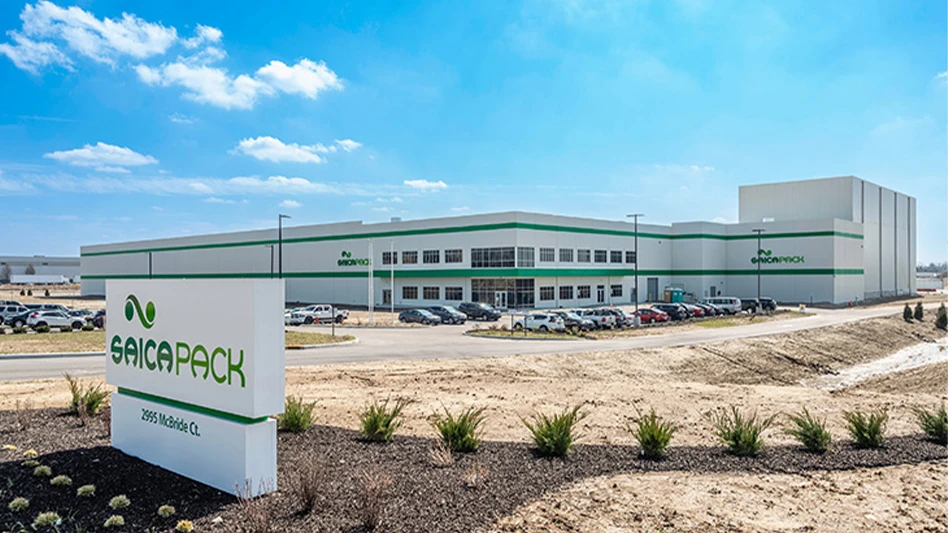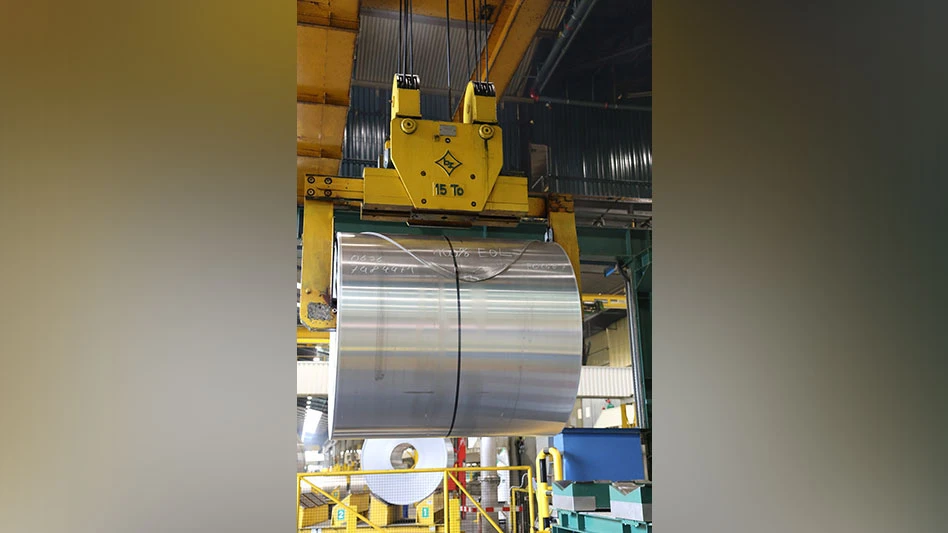Material grinding and/or recycling is generally viewed as an area one chooses with a long-range commitment in mind. A capital investment, which, depending upon equipment chosen, can be quite substantial, coupled with issues such as training of personnel, market research and development, and so on, can literally drive the need to make the business a full-time endeavor.
However, for one southwest Florida contractor, grinding is offering a short-term solution to a number of challenging problems. Once he has these issues remedied, he is quick to say that he will bid a fond adieu to the grinding business. But not without acknowledging that his foray into that area proved an effective remedy for a potentially serious headache.
SHORT-TERM FIX
Lee Crowther Sr. has seen his roofing company grow from a startup in 1959 to one of the industry’s top 50 roofing contractors in the world. That growth led to the firm’s recent need for expansion of its Ft. Myers, Fla., offices and equipment storage/maintenance site. Though he had no desire to get into the grinding business—and still has none— Crowther has found that grinding can be an effective solution, even in the short term.
Crowther says it was purely coincidental that he is even grinding material today but admits that doing so will benefit the company in the long run.
“We had been considering expanding our operation, which, because we had reached capacity here, would have meant the purchase of a new site, construction and relocation costs and so on,” he says. “I was approached a while back by the owner of the property adjacent to our yard. He was looking to sell his property and asked if I’d be interested in it. Purely by coincidence, he was operating an asphalt dump and I’m in the roofing business, which also generates a great deal of scrap asphalt. At the time he had a massive pile of shingles piled on his site, but I weighed the costs of moving to a new site versus those of acquiring his property and saw that buying his site and grinding the material on it could solve a couple of problems for us.”
Those solutions, says Crowther, included the obvious chance to acquire the property at a good price, and the ability to temporarily avoid paying tipping fees to dispose of his company’s own stream of waste shingles.
“Tipping fees in southwest Florida are about $75 per ton, even more in certain areas,“ he says. “If we can avoid paying those, even for a short time, we certainly will. From the outset I had no desire to be either a recycler or a grinder, but knew at the time that this was the way to go.”
Learning On The Job
Crowther looked into a number of possible options for grinding and chose a Morbark 1200 tub grinder, a decision he based both on recommendation, value and reputation.
“I have a friend in Naples (Fla.) who is in the waste business, and he made recommendations as to what he thought I should do. He provided two or three grinder names, I did some research and, based upon what I learned, called Morbark to find out what they had available,” says Crowther. “They told me about a used unit they had for sale in the area and that really fit our situation at the time. We brought the unit onsite and it has been doing everything the manufacturer had promised. In fact, considering the abrasive nature of the asphalt shingles, wear on the inserts and hammers has been even better than we had planned.”
Crowther adds that, during initial runs, the grinder was, in fact, not performing up to his expectations, but that changed quickly as his people became familiar with the machine.
“In most cases, we use a loader with a bucket to feed the tub grinder but, at the outset, we were probably overloading it, causing much slower performance than we were expecting. So we had to get a grasp of the proper feed rates and once we did, throughputs went up nicely. Since doing that, performance has been steady and the inserts and hammers have worn nicely. We check the inserts for wear and probably replace 20% every day. That’s really better than we would have thought.”
Some of the credit for the good wear, Crowther feels, is also a result of his company’s efforts to pre-sort the material before it is ground. Upon arrival at the site, trucks dump their loads into a staging area where a loader spreads out the load. At that point, workers check to identify and remove steel or other material that could potentially damage the grinder.
Crowther is positioned to sell his Morbark 1200 after the onsite stockpile has been ground and removed. In doing so, he could benefit from Morbark’s track record of retaining high resale values, remarks Larry Burkholder, Morbark’s Southeast Regional Sales Manager.
Crowther estimates that on any given day the company will bring in four semi-truck loads of removed roofing material. The number of outbound trucks with already-ground material will vary from day to day—some days none, some days 50. “The number of outgoing trucks does, of course, depend upon who is buying the ground material at that time,” notes Crowther. “We have a lot of interest from people looking to pave or repave a parking lot. The material is ideal for their use in that it can be handled much like sand. It is simply put on the ground, spread and compacted. There is no preparation required and no topping needed for the material; you literally just put it down and park cars on it. We did our own lot and the owner of a trucking company took enough material to do a 10-acre site. He was hauling material out of here for about six or eight weeks.” RT
This article was submitted on behalf of Morbark Inc., a size reduction equipment maker based in Winn, Mich.
Get curated news on YOUR industry.
Enter your email to receive our newsletters.

Explore the July 2001 Issue
Check out more from this issue and find your next story to read.
Latest from Recycling Today
- Green Cubes unveils forklift battery line
- Rebar association points to trade turmoil
- LumiCup offers single-use plastic alternative
- European project yields recycled-content ABS
- ICM to host colocated events in Shanghai
- Astera runs into NIMBY concerns in Colorado
- ReMA opposes European efforts seeking export restrictions for recyclables
- Fresh Perspective: Raj Bagaria






